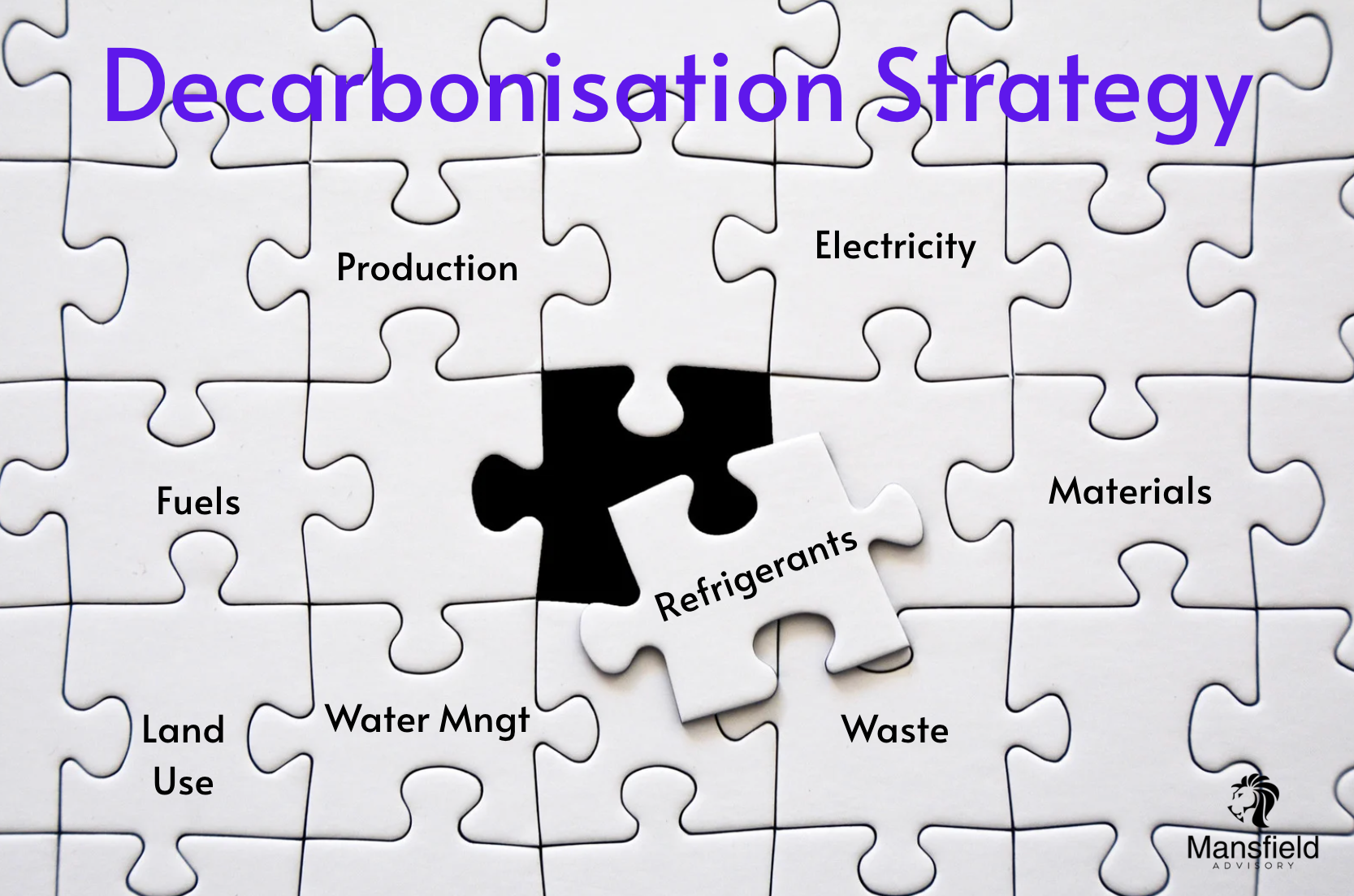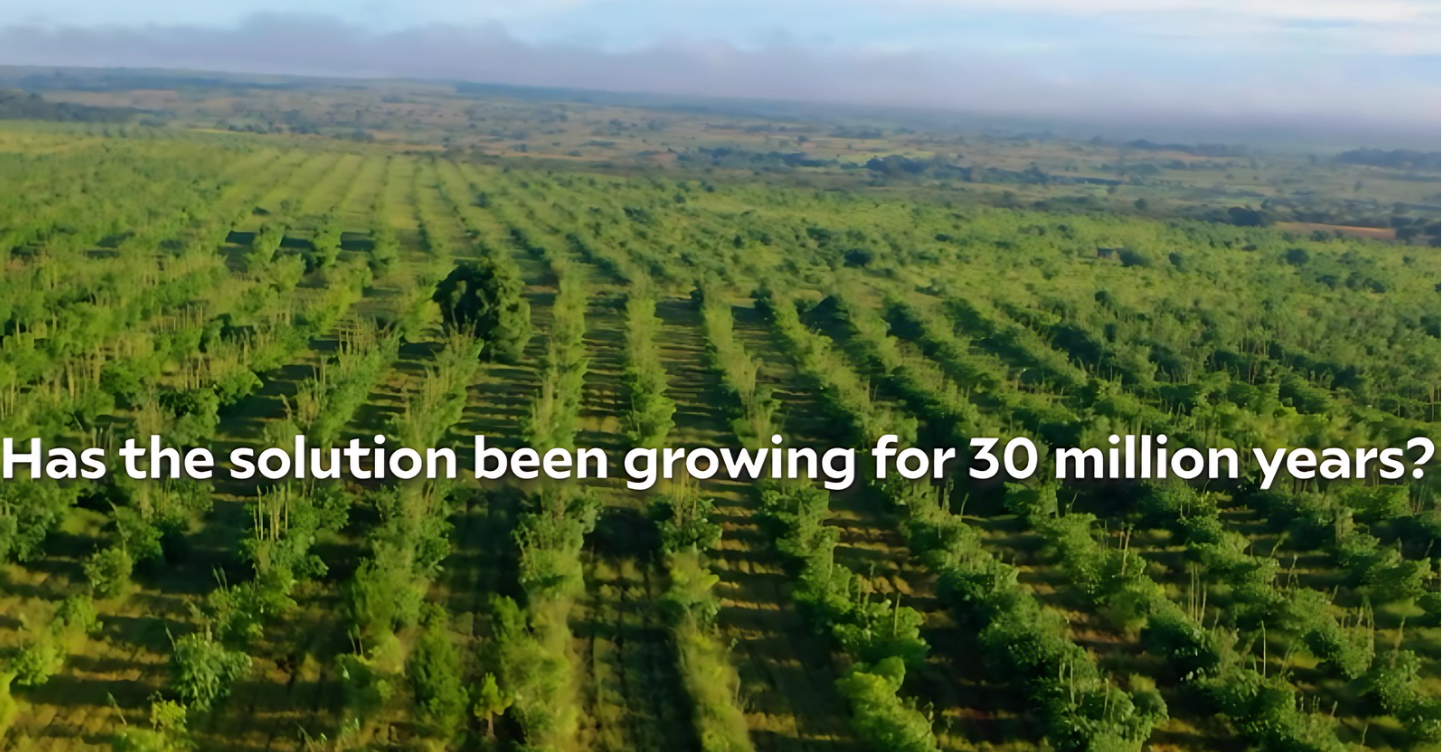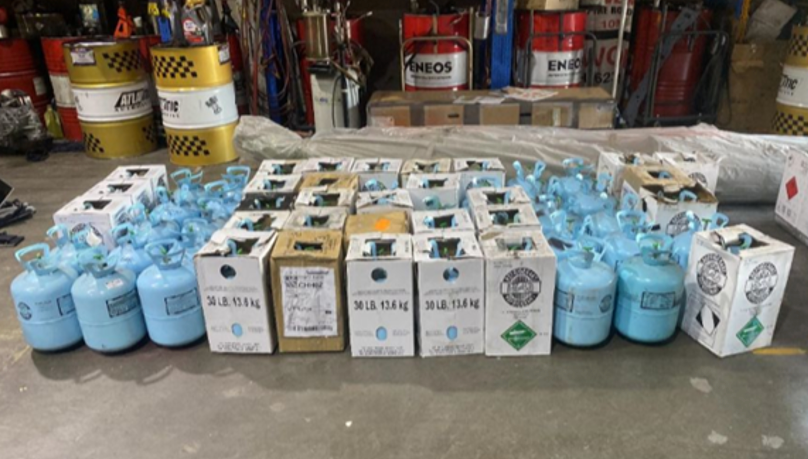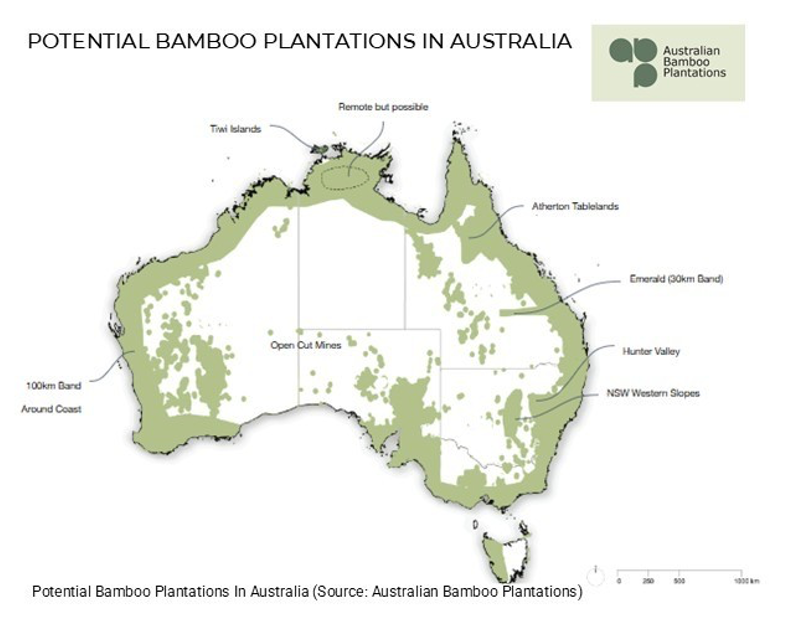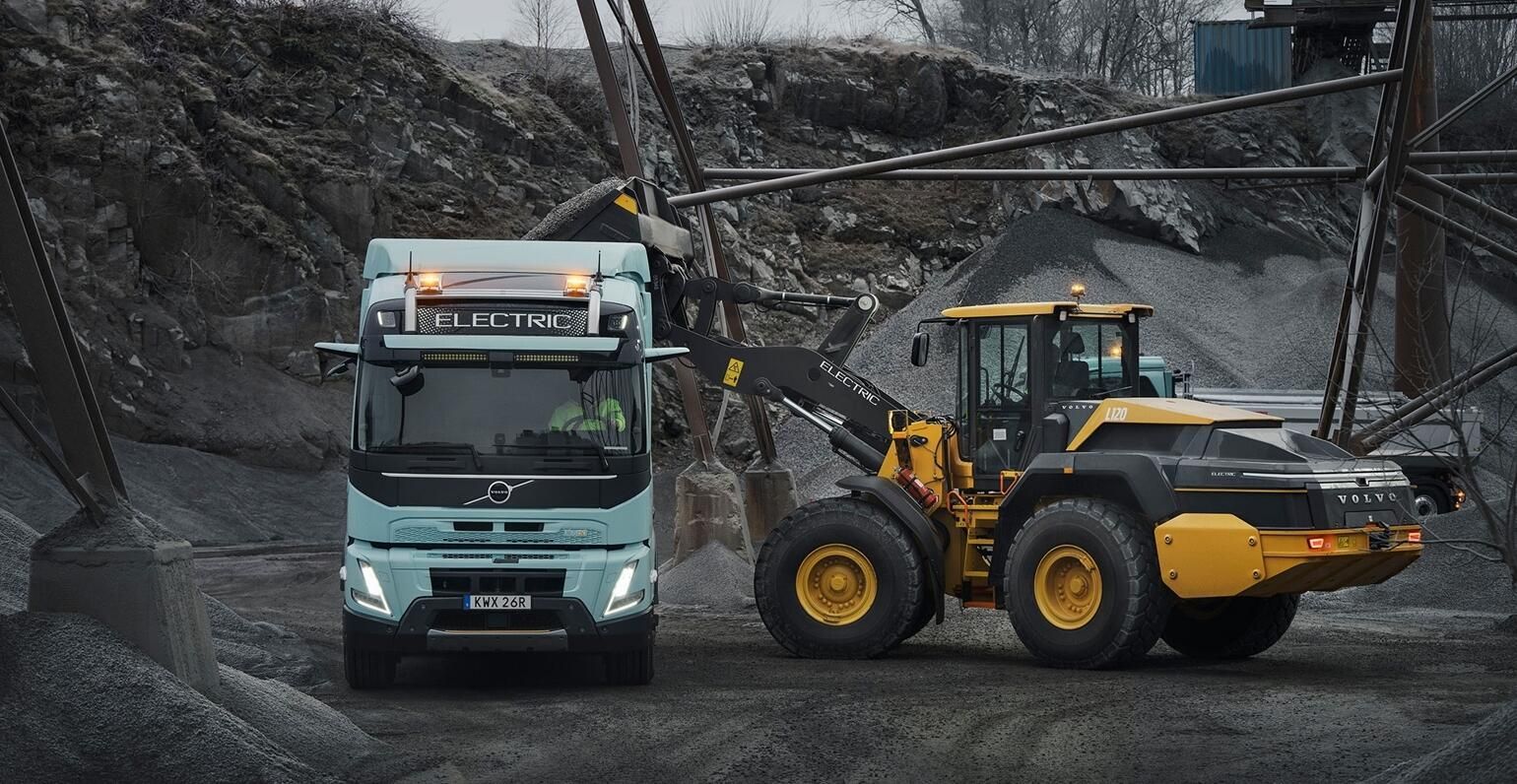
Accelerating the Transition to Fossil Fuel-Free Construction Mansfield Advisory Pty Ltd 205 followers May 27, 2025 By Jeremy Mansfield OAM , Mansfield Advisory Pty Ltd Introduction The construction industry accounts for 40% of global carbon emissions, with a significant portion stemming from onsite activities and embodied carbon in materials [1]. In Australia, where infrastructure and buildings are key economic drivers, the sector’s emissions—particularly from construction processes (A5 emissions)—present both a challenge and an opportunity. Fossil fuel-free construction, which eliminates fossil fuels from onsite energy, machinery, transportation, and materials, is a critical step toward net zero by 2050. At Mansfield Advisory, we are committed to driving this transformation. Drawing on insights from ASBEC’s Our Upfront Opportunity report [1], Infrastructure Australia’s Embodied Carbon Projections for Australian Infrastructure and Buildings [2], the NABERS Embodied Carbon framework [3], and the C40 Clean Construction Accelerator, this article outlines the path to fossil fuel-free construction. It’s a call to action for government and industry to collaborate on policies and practices that will reshape how we build. What is Fossil Fuel-Free Construction? Fossil fuel-free construction eliminates fossil fuels across onsite activities (A5 emissions under EN15978), focusing on four key areas: Energy Sources : Powering construction sites with onsite or offsite renewable energy like solar, wind, or hydropower. Machinery : Using renewable electricity, low-carbon liquid fuels or renewable hydrogen to power machinery and equipment, instead of diesel, LPG or gasoline. Transportation : Deploying electric or low-carbon liquid fuel vehicles for moving materials and workers. Materials : Prioritising low-carbon options that minimise fossil fuel use in production.

